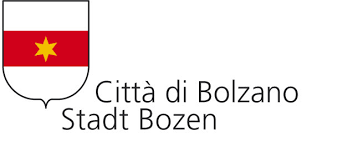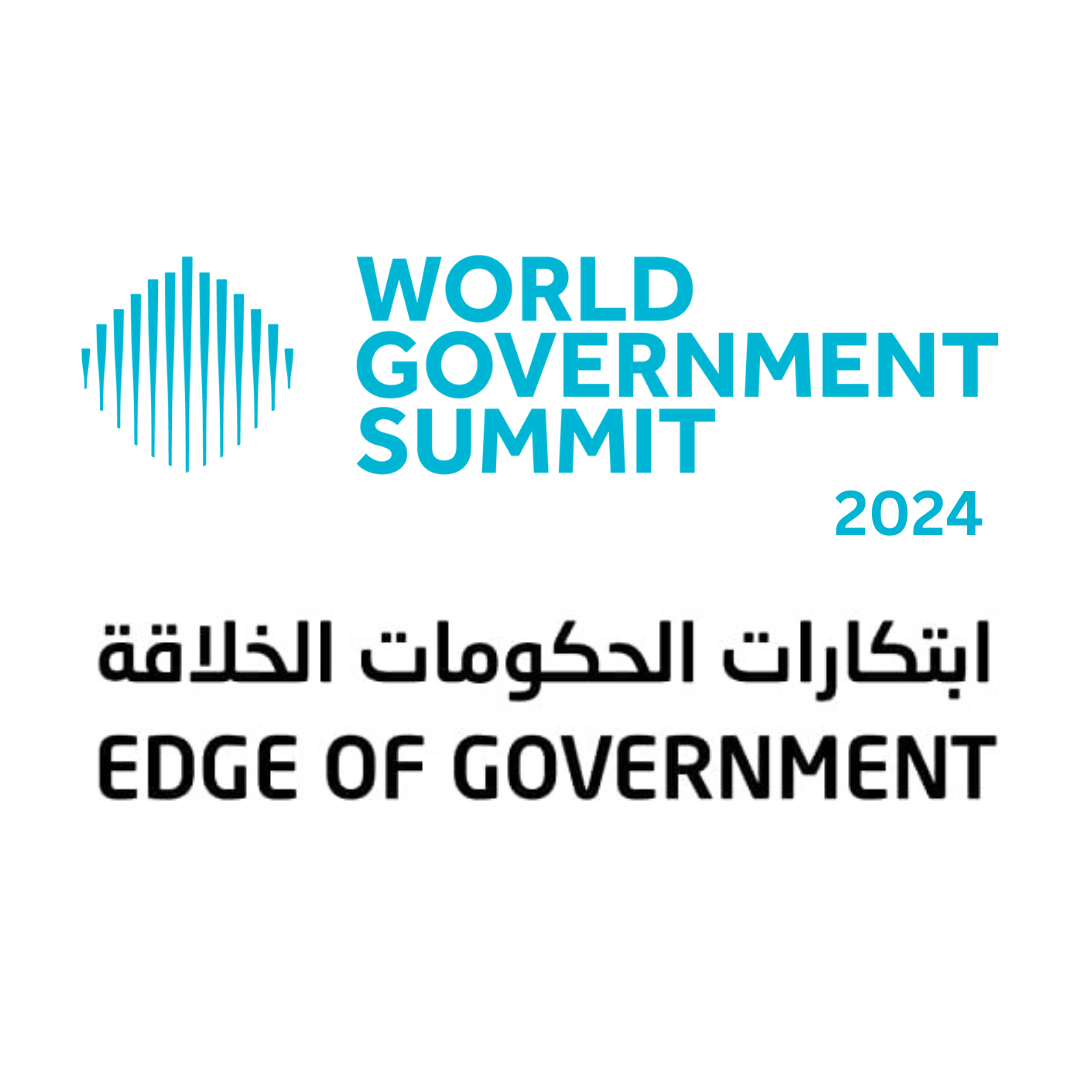Good Practice
About Time
Playful space to spark conversation between strangers and discussion of desired changes.
POLICY OBJECTIVE
Research the topic of time in Bolzano’s public space and perform actions and interventions in public spaces to enrich the time people spend there, leading, in turn, to conversations about the bigger picture of a better future for all.
Waiting times are chances to live in the present: they offer moments of freedom in our everyday lives where we can take a step back and think about what we really want. Collective waiting times at bus stops are chances for individuals in the public space to discuss visions for the future.
CONTEXT
For years, Bolzano’s Time Office has worked with various participatory methodologies. Starting with the fundamental priority of involving more citizens and respecting their needs, we sought a solution which, rather than “steal” citizens’ time, would allow them to use their wait at the bus stop to participate.
Involvement in initiatives is minimal when people feel forced – think about people who try to sell you subscriptions on the street – so the process was based on voluntary participation.
POLICY DESCRIPTION
The ‘About Time’ approach was designed to foster dialogue between the Municipality of Bolzano and people waiting in public spaces. The aim is to create playful spaces to spark conversation between strangers and discuss desired changes. The platform empowers individuals to directly express their opinions to policymakers in discussions at eye level. Students of the Master’s in Eco-Social Design (University of Bozen-Bolzano) designed the methodology in an effort to foster more participatory and democratic decision-making.
As a first experiment, one bus stop at Piazza Domenicani was “decorated” with previously designed paper interventions. A clearly visible and scannable QR code led participants to a survey about time and made it possible to analyse the fuctionality of the experiment’s design. The first half of the survey consisted of quantitative multiple-choice questions, while the last three questions were open. Combined, they gave us insight into how people in Bolzano’s public space experience waiting time, their ideas on the possibility of reclaiming ownership of such time, and other topics they think about during waiting times. This last aspect proved to be more interesting than expected. After completing design of the survey and various improvements to the design of the paper interventions, a second round of interventions focused once again on Piazza Domenicani. Intrigued by the concept of a “confession board” on public participation, we placed a blackboard at the bus stop in combination with the paper interventions.
To give back some insights to bus stop participants, we designed a final intervention combining playfulness and relaxation – participants’ most frequently cited suggestions to improve waiting times. The result was a large, wheel-shaped installation inviting participants to interact playfully on one side and reflect on the prompt “It’s about time to…” on the other. The “confession board” style was applied again to give non-participating bystanders the chance to read participants’ answers.
The final intervention was a chance to reiterate the method developed to test a more participatory democratic process. The aim was maximum participation in the discussion with minimal means. Active participation in the public realm can help plant the seeds of civic engagement.
KEY ASPECTS
- Active observation.
- Analysis of observations.
- Field experiment with paper material, surveys, etc.
- Qualitative and quantitative survey design.
- Scenario building in the form of a written manifesto helps participants to envision new ideas about the future.
- Analysis of survey data.
- Survey results translated into a workshop format bringing policymakers on eye-level with surveyed participants.
- Conducting workshop and presentations with a group of specialists.
RESULTS
The methodology and tools developed in this project also have potential as a method to build audiences for organizations: from visitors to supporters, and eventually, a group of active promoters.
During the research process, we initially approached people with small nudges to reflect on a topic. If interest arose, we offered the possibility of participate in a survey. Participants showing deeper interest and willingness to engage in deeper reflections could leave their contact details and take part in further activities.
The “Wheel” intervention is a way of showing reflections by an “active audience” to potential new audiences, directly offering them the possibility to join the initiative.
Sylvia
Profanter
Director of the Office for Statistics and Time of the City





